Mrs. Sung Thi May, 75 years old, is one of the few people who still master the beeswax painting technique - an important step in creating patterns on linen.
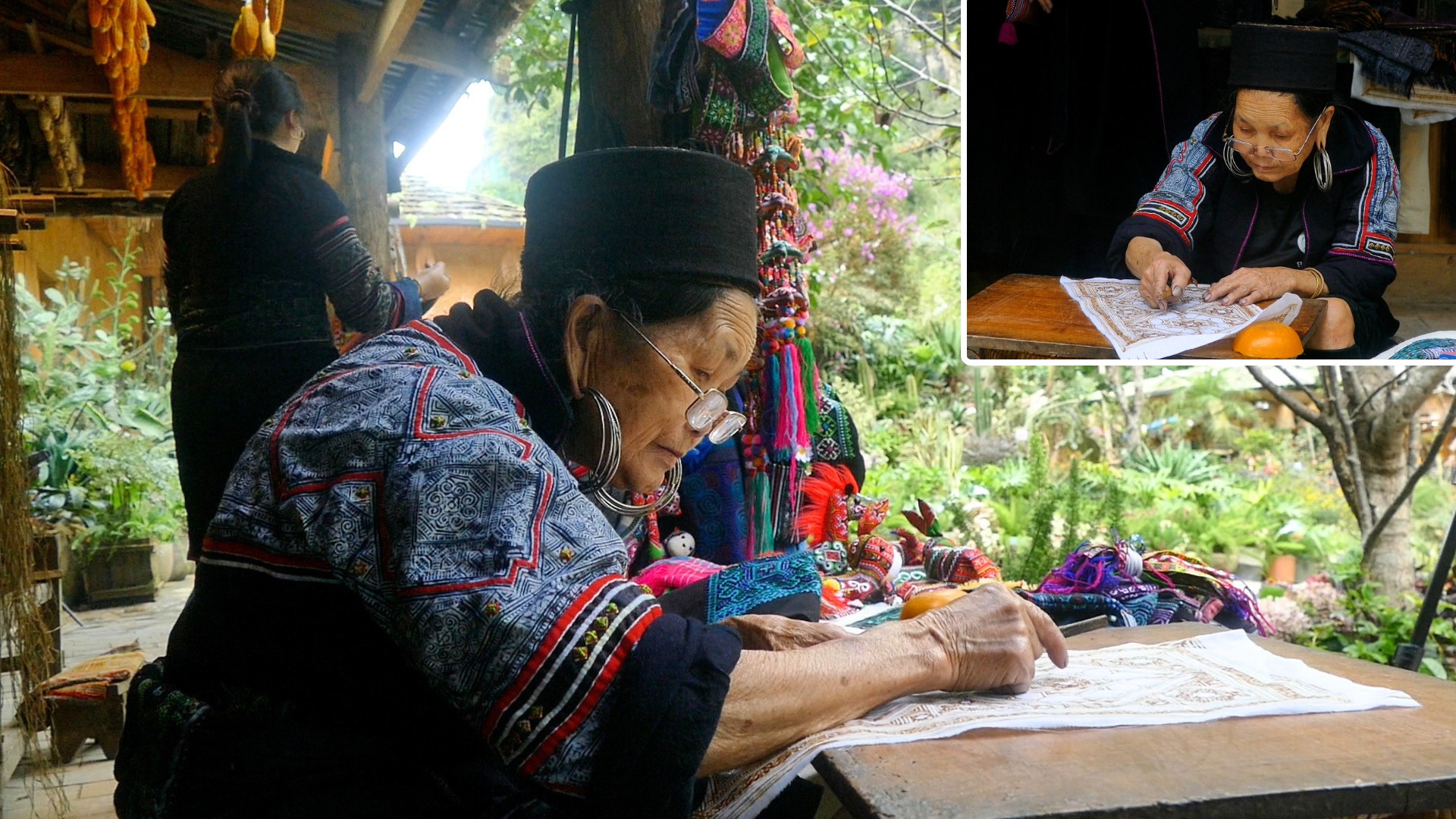
With over 40 years of experience in the profession, she has brought familiar images of mountains and forests into every stroke, such as snails, crabs, rice plants, terraced fields, flowers, birds, butterflies...
From her skillful, practiced hands, those patterns not only become beautiful but also carry symbolic meaning, reflecting the worldview and extremely rich spiritual life of the Mong people.
My grandmother and mother taught me how to paint with beeswax when I was little. Every stroke had to be careful, precise, and precise. If you make a mistake, the whole canvas would be ruined.
Looking at Mrs. May sitting on the steps, holding a crayon in her hand, her eyes focused on each stroke on the white linen, I felt like I could see the whole cultural flow present. From the patterns taught by the ancients, it requires the artist’s creativity to express his own feelings on the canvas.
So that each piece of cloth is not simply filled with strokes, but looking at it one can see the story of Mong people's life told through delicate patterns.
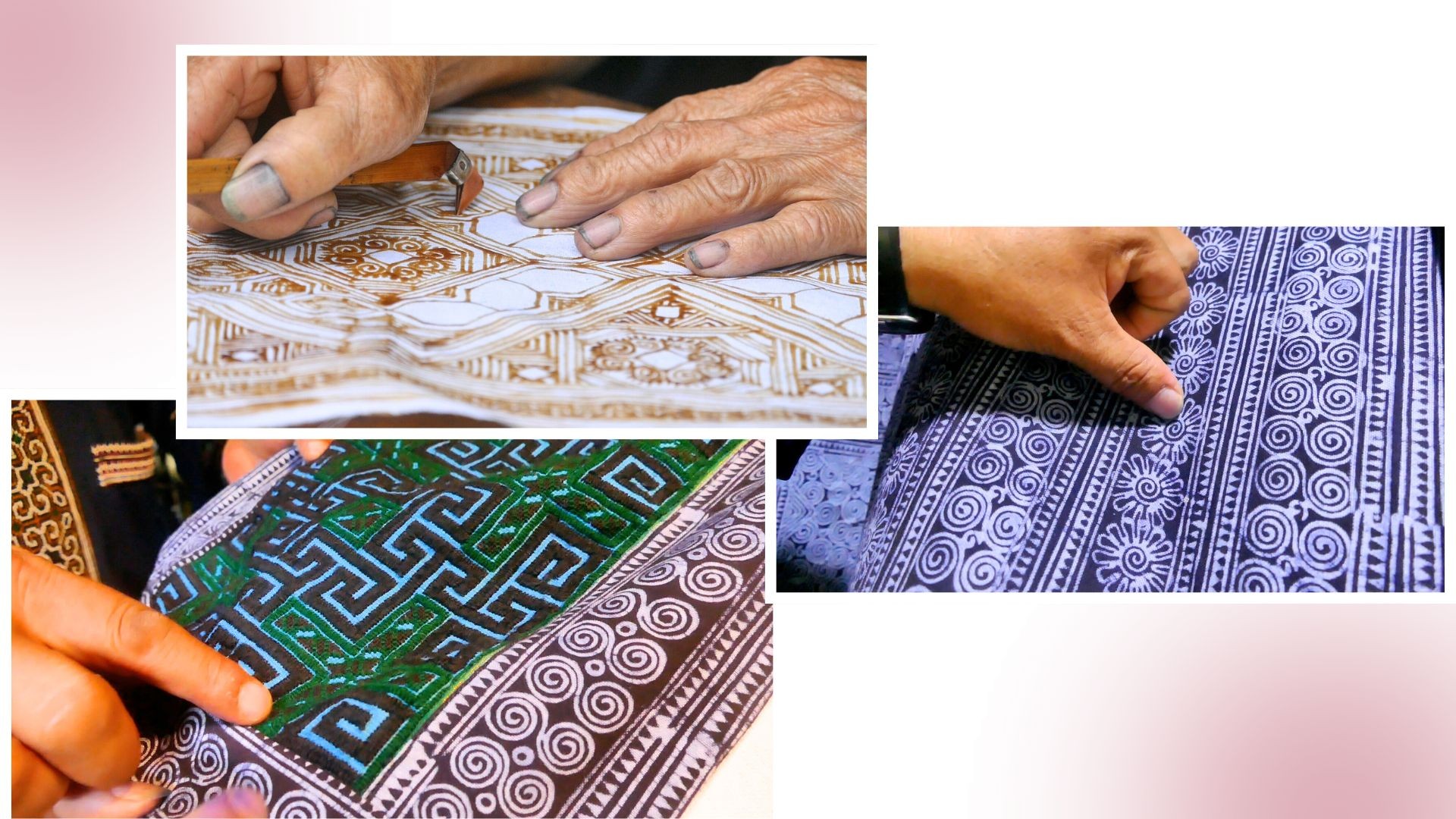
According to Mrs. May, after drawing, it takes a lot of time to embroider the brocade and it takes a whole month to complete the traditional costume. The traditional costume of the Mong people is not only aesthetic but also clearly shows gender differences through style, color and pattern.
Mong women in Ta Van often wear long-flap, narrow-sleeved, low-cut shirts, combined with black pants. The sleeves are embroidered with eye-catching brocade. The waist is wrapped with a strip of fabric embroidered with brocade on the back.
The patterns on women's shirts are often images of flowers, birds, and insects, drawn with beeswax, dyed with indigo, and embroidered with colored thread, creating a soft, feminine yet strong beauty.
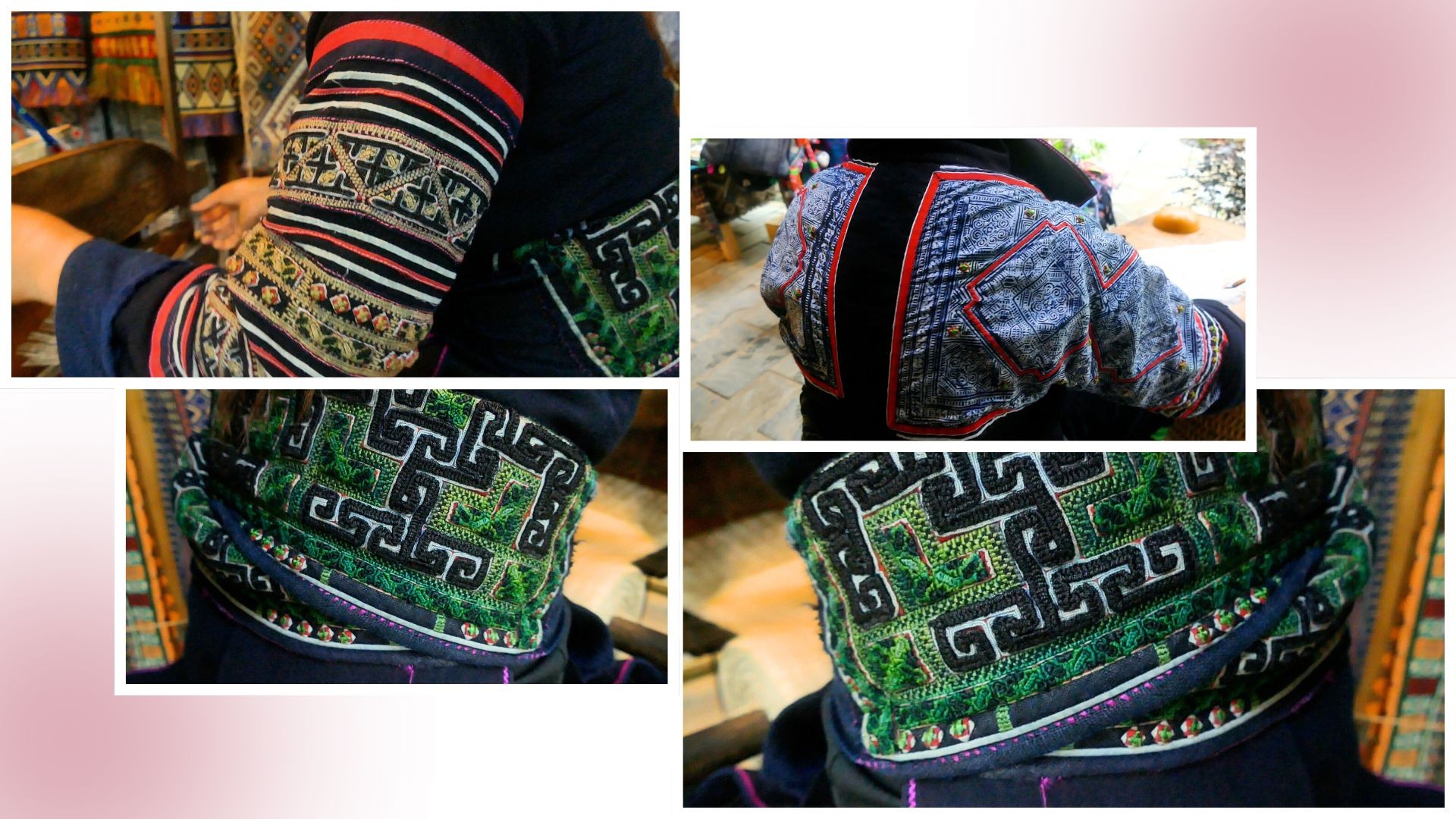
“Mong women often bend over to work hard, whether in the fields or at home. The piece of cloth with beeswax patterns and brocade embroidery sewn on the back of a Mong woman’s shoulder is to help people easily recognize her from behind and distinguish between male and female,” Ms. May added.
In contrast, the Mong men's clothing in Ta Van tends toward simplicity and practicality. They wear long-sleeved indigo shirts with standing collars and off-the-shoulder buttons. The body of the shirt is not embroidered with elaborate patterns, but the collar is sewn with an additional piece of brocade fabric at the back. Pants are usually straight-leg, dark in color, convenient for production work. Although not as colorful as women's clothing, men's clothing still exudes a strong, dignified look, reflecting the role of pillars in the family and community.
That difference is not only an aesthetic factor but also the way the Mong people express their social roles, gender concepts and traditional beauty through each stitch. That is what makes the richness, diversity and uniqueness in the costume culture of the Mong people in Ta Van.


Nearly 5 years ago, Mrs. May and some Mong women in Ta Van were invited to practice and demonstrate the entire process of making traditional ethnic costumes at Cat Cat Tourist Area. From spinning linen, weaving, indigo dyeing, beeswax painting to sewing costumes... Each person is in charge of a stage, creating a lively experience space for visitors.
Mrs. Sung Thi Phinh, 54 years old, Cat Cat village, Ta Van commune is in charge of the linen spinning stage. Looking at the way Mrs. Phinh coordinates her hands and feet rhythmically and smoothly when controlling the linen fibers to wind them onto the reel, one can see her skill.
I am very proud of my ethnic traditional costume. I am also very happy to do this job, both to preserve the traditional profession and to contribute to promoting the cultural beauty of the Mong people to tourists.
According to Mr. Nguyen Trung Kien - Deputy Director of Cat Cat Tourism Company Limited, inviting Mong ethnic artisans to participate in traditional craft performances is not only to create a highlight for the tourist area, but also a way to preserve and promote indigenous cultural values.
We hope that visitors not only come to sightsee, but also to live in truly cultural spaces, understand and appreciate the traditional values of the Mong people here.
The traditional costumes of the Mong people in Ta Van are works of art, cultural identity, and national pride. The patterns drawn with beeswax, after being dyed with indigo, will appear clearly, creating an attractive contrast. Each pattern has its own meaning, closely linked to nature and the life of the Mong people.
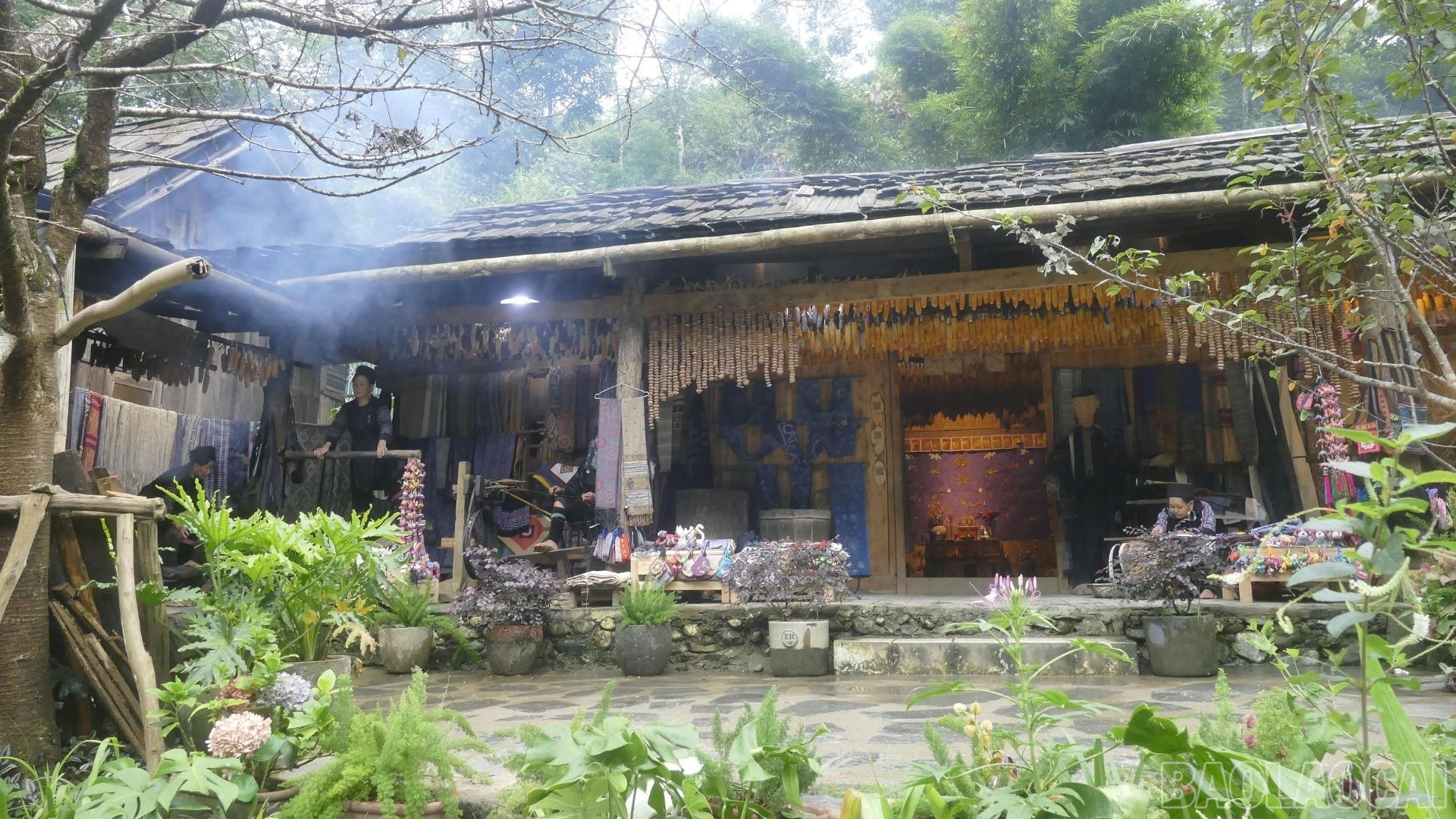
Amidst the modern pace of life, preserving and promoting the art of decorative patterns on traditional costumes of the Mong people in Ta Van is not only to preserve a craft, but also to preserve the soul of national culture.
Source: https://baolaocai.vn/doc-dao-hoa-van-tren-trang-phuc-nguoi-mong-post886266.html






![[Photo] Prime Minister Pham Minh Chinh attends the Patriotic Emulation Congress of the Ministry of Foreign Affairs for the 2025-2030 period](https://vphoto.vietnam.vn/thumb/1200x675/vietnam/resource/IMAGE/2025/11/10/1762762603245_dsc-1428-jpg.webp)
![[Photo] Prime Minister Pham Minh Chinh attends the annual Vietnam Business Forum](https://vphoto.vietnam.vn/thumb/1200x675/vietnam/resource/IMAGE/2025/11/10/1762780307172_dsc-1710-jpg.webp)

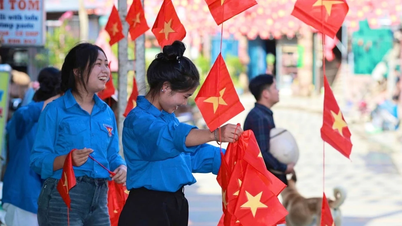
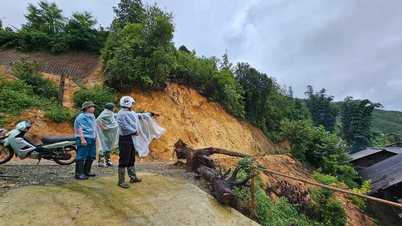
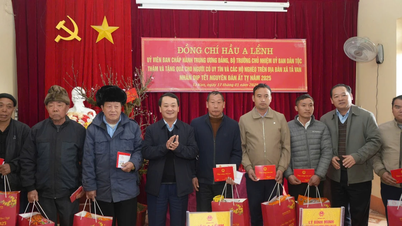


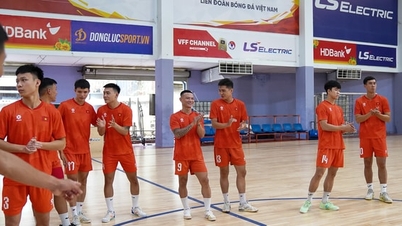

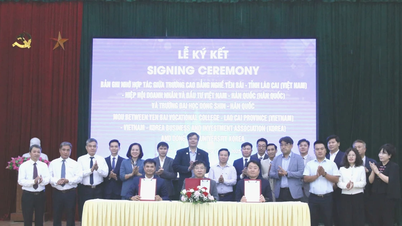

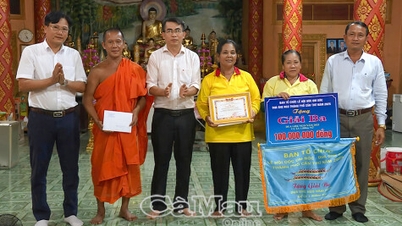




















































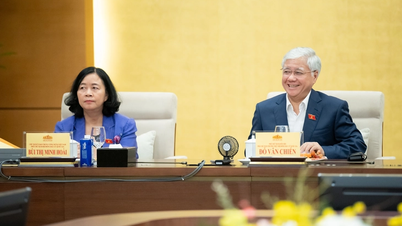






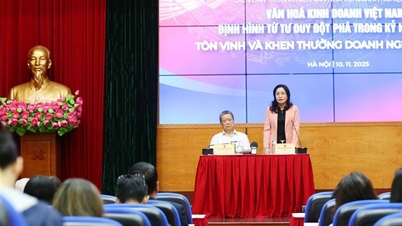
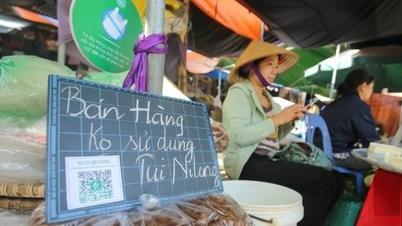


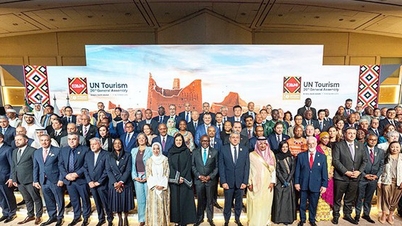

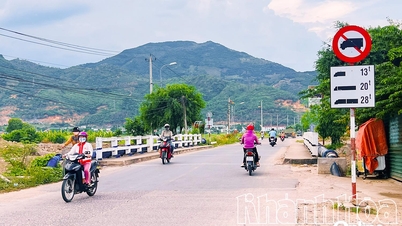




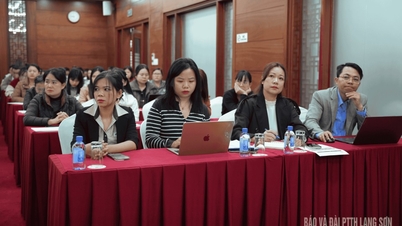
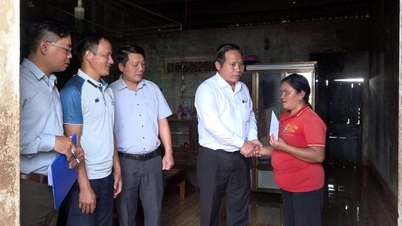


![Dong Nai OCOP transition: [Article 3] Linking tourism with OCOP product consumption](https://vphoto.vietnam.vn/thumb/402x226/vietnam/resource/IMAGE/2025/11/10/1762739199309_1324-2740-7_n-162543_981.jpeg)











Comment (0)